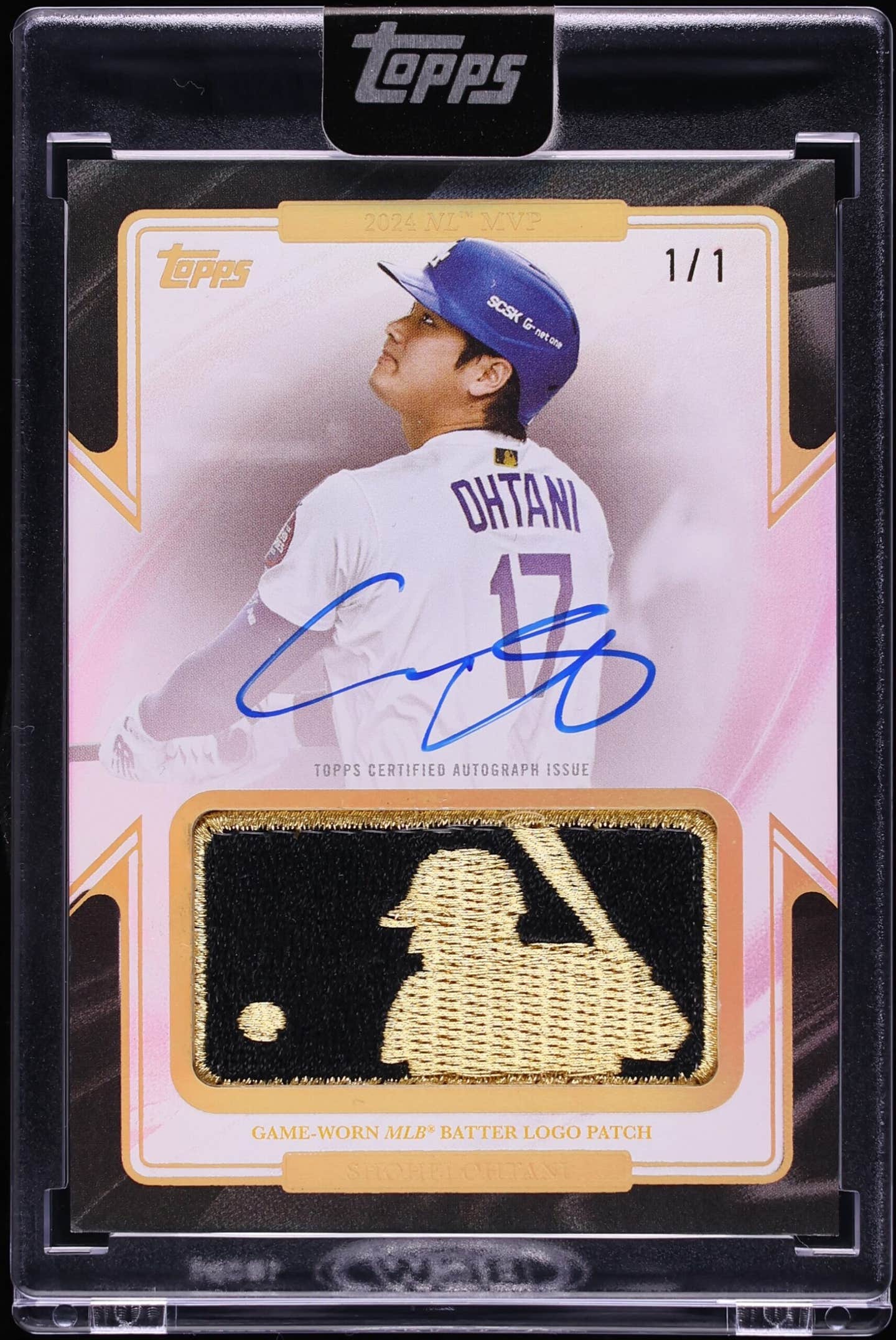Featured
Top 10 Most Underappreciated ‘E’ Cards
By John McMurray
If tobacco cards receive the most notoriety within the card collecting field, caramel cards might well contain the most memorable images of many Hall of Famers who played and managed in the early 20th century. Recognized for their especially bold colors, comparatively larger typeface and distinctive backs, what are known as “E cards” sometimes fall by the wayside due to their relative scarcity. Yet, with persistence, they can frequently be found for reasonable prices in lesser condition.
Some E-card sets, of course, are better than others. Because the E91 set frequently reuses the same stock player images, it has remained unpopular with collectors, regardless of the star players who were included. Even Walter Johnson is unrecognizable on his own card.
The E90-2 cards, which portray only members of the 1909 World Series champion Pittsburgh Pirates, also have more limited appeal, because the set includes only player portraits, similar to the T208 cards of the 1910 Philadelphia Athletics.
The core sets of E-card collecting are E90-1, E92 (particularly with the more common Dockman backs) and E95. The E90-1, E92 and E95 sets each have a strong, colorful appeal, particularly in contrast to the E93 and E98 sets, which are noticeably plainer.
With the exception of a few difficult-to-find cards in the E90-1 set (such as the notoriously challenging Mike Mitchell card), cards in the E90-1, E92 and E95 sets also are relatively available. An additional benefit is that many vintage caramel sets are also quite small and can be completed by dedicated collectors, if with sustained effort.
For the sakes of variety and challenge, E cards still represent a great alternative to collecting tobacco cards. The E sets, many of which are dominated by the best players of the period, are filled with future Hall of Famers, often in unique poses. Based primarily on aesthetic appeal and distinctiveness, here are what I view as 10 of the most underappreciated vintage caramel cards of Hall of Fame players and managers.
E90-1 Addie Joss: Given that the former Cleveland pitching star died at age 31 at the height of his major league career, he appears on relatively few contemporary cards. Many vintage stars, like Joss, are portrayed in their only significant action poses in caramel card sets. (The only other caramel image of this Hall of Famer, which is nearly as impressive as his E90-1 card, is Joss’ card in the E93 set.) Some collectors might find Joss’ E90-1 card to be too much of a rough sketch with exaggerated red lips, as was common in many caramel sets. Still, with the popularity of Joss’ two cards in the T206 set, his E90-1 card seems to have fallen through the collecting cracks.
E90-3 Joe Tinker: Posed images of Joe Tinker abound in vintage card sets, from his appearance in the T207 set to his portrait in the 1914 Cracker Jack issue. For a player remembered mostly for his defensive play, Tinker’s E90-3 card is the most notable card of the former Chicago Cubs shortstop while in the field. The card, which is part of a set that includes only Cubs and White Sox players, also shows a good view of the Cubs’ uniform logo, which can be uncommon in caramel card sets. With the possible exception of Harry Davis’ E92 card, this Tinker card likely displays the most intensity of any available E card.
E92 Christy Mathewson: This card is one of the few that depicts Mathewson throwing, in contrast to the posed or portrait shots of him frequently seen in tobacco sets. Also, unlike some E cards, which lack definition, Mathewson’s image is easy to recognize. While bright skies in the background are rare in tobacco issues, the nuanced background setting here gives Mathewson’s E92 card a depth that others lack. A similar setting-sun background can be found on E92 cards of Al Bridwell and Germany Schaefer, but the best color contrast in the entire set is found on the Mathewson card. Mathewson’s E92 card is among the most impressive baseball card images of the very best Deadball-Era pitchers.
E93 Rube Waddell: If Rube Waddell’s most famous baseball card pose is on his “throwing” card in the T206 set, the one that best illustrates his power and determination is his E93 card. What the card lacks in colorfulness, it makes up for in its strong depiction of this formidable left-handed pitcher, who led the American League in strikeouts in six consecutive seasons. Waddell’s prominent baseball cards include his two T206 cards, a T3 Turkey Red cabinet card and his E93 card. While the E93 card is relatively hard to find, it is likely Waddell’s most realistic-looking baseball card.
E94 Nap Lajoie: Lajoie’s two T206 cards, combined with his appearance on an exceptionally rare card in the 1933 Sporting Life set, are cited so frequently that it would be easy to assume that they represent the full scope of the Cleveland shortstop’s appearances on vintage cards. Often forgotten is Lajoie’s E94 card, where he is shown about to swing at a pitch. Even when batters are shown swinging in early-century card sets – such as Joe Tinker in the E102 set – the baseball is seldom visible, which makes this card quite unusual. Lajoie’s card in E94 is one of the most unique poses collectors will find among cards issued prior to 1920.
E94 Sam Crawford: Close-up images of batters in action, shown from the waist up, seem commonplace in card sets today, but they were relatively rare in vintage sets. Crawford’s card captures the powerful left-handed batting stroke of Detroit’s star center fielder. Since the E94 set contains so many cards with plain red backgrounds, the cards are less impressive than other brighter, more varied E-card issues. This card, though, is among the more innovative poses of the period.
E95 Eddie Plank: This card bears a striking resemblance to Plank’s exceptionally scarce portrait in the T206 set, though the two would never be confused if placed side by side. The T206 card shows Plank in a jersey with an A; the E95 card features Plank in a plain jersey. The T206 image also is more closely cropped than the one used for E95. Still, Plank’s E95 card bears more than a passing resemblance to one of the most famous images in baseball card history. While Plank’s E93 card features a more dynamic image, it’s harder to recognize him. Moreover, Plank’s E93 card is close to being a mirror image of the Chief Bender card in the same set. Hence, Plank’s E95 card is, in my view, the best available caramel card of this Hall of Fame pitcher.
E96 Fred Clarke (misspelled “Clark” on the front): Bunting images are virtually unheard-of in early-century card sets, and this image of Clarke apparently attempting to bunt is unlike any other of the period. Purple backgrounds are also among the rarest on either tobacco or caramel cards; yellow, green or blue backgrounds are much more common. Though the E96 cards were nominally an extension of the E95 set, the fronts and backs are sufficiently different to merit a separate designation. While many consider Clarke’s 1915 Cracker Jack card to be his most notable appearance on a baseball card, his hard-to-find E96 card certainly merits second place.
E98 John McGraw: With the E98 set gaining nationwide publicity last year following the Black Swamp Find of cards in near-perfect condition, this McGraw card may no longer be as underappreciated as it once was. The card exists with both red and green backgrounds; the variations carry the same value. Considering that McGraw played his final major-league game in 1906, virtually all of his card poses depict him as a serious and determined manager, including his T205 portrait and the T206 card, which shows him pointing. On the E98 card, McGraw is poised to catch a ball, perhaps during pregame warmups as manager of the New York Giants. Though this card uses the same image as appears on McGraw’s card in the E93 set, the E98 version has a different background and appears to be sharper. All McGraw cards, including one of him with a glove in the T206 set, remain very popular, and this pose is among his best.
E98 Connie Mack: Relatively few baseball cards of Connie Mack exist, and those that do frequently portray him in the same portrait pose as found in the 1914 Cracker Jack series, the E102 set or even the 1960 Fleer issue. Mack's card here is perhaps the most candid portrayal of the Hall of Fame manager on a vintage baseball card and one of the few that appears to show Mack during game action. In contrast to some E cards, which look more like drawings, the sharpness of this Mack card makes the image appear to be the next best thing to a photograph.
I am pleased to announce that this article marks the beginning of my monthly column dedicated to pre-1920 baseball card collecting.
I welcome your input and feedback, both on this piece and those going forward. I look forward to discussing card sets and other topics that are of interest to you.
John McMurray writes a monthly column for Sports Collectors Digest focusing on early 20th-century baseball cards. He can be reached via e-mail at jmcmurray04@yahoo.com.








